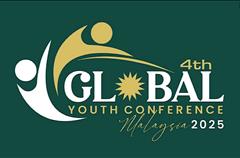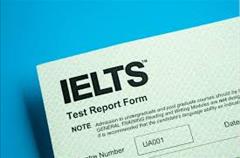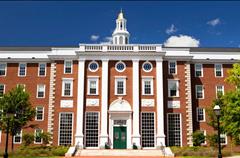A team from the Lahore Grammar School (LGS) 55-Main Gulberg, popularly known as LGS Kabana, won the NASA-affiliated Space Settlement Design Competition held in the US.
The LGS students were part of a bigger team and worked with members from Britain and the US. A statement released on Tuesday on behalf of the school administrations read, “This year we are happy to announce the team representing LGS 55 Main, and Pakistan, was the strongest and along with their team mates from Britain and the US were adjudged the winners… The success marks a triumph for Pakistan, and particularly for women who rarely get an opportunity to excel in spheres involving science and advanced technology. It also demonstrates the potential of Pakistani youth, and offers hope at a time when the nation faces many crises.”
This is the first time a team from Pakistan has won the competition even though students from LGS and Aitchison College have participated in the contest before. The finals were held on August 2 at the Johnson Space Centre, Texas.
The members of the team included Fatima Jamal Khan, Mahsheed Aamer Iqbal, Minahil Raza, Rabeea Rathore, Saba Farooq, Sanniah Jabeen, Sanaa Nusrat, Maliha Faisal, Maryam Ali Khan, Rawail Naeem, Sara Afzal, Tehniyat Azam and Zahra Batool.
LGS has been winning the Asian region leg of the competition, held in India, for the past three years. During the regional leg for this year’s finals, contestants had to design ‘a safe and pleasant settlement’ providing for 2,500 people and 6,300 transits between Earth and Mars. Models were exhibited at the Asian Regional Space Settlement Design Competition held at Gurgaun, India, in January 2010. Out of 15 school teams from India and Pakistan, LGS Kabana and Amity International School, Saket, New Delhi India, comprising 24 students, were adjudged the best.
The project was set in 2055. Members in each team were assigned specific tasks related to structural engineering, operations and infrastructure. The settlement simulated conditions on earth, in terms of atmospheric composition, wind velocity, and precipitation patterns. They developed safety equipment for humans in low and zero-gravity areas and proposed training of future residents of Mars.
Twelve finalist teams from around the world were selected to compete with a new scenario in a live competition at NASA Johnson Space Centre in Houston, Texas, with real engineers sharing their knowledge and experience in both engineering and management.
The event at Houston pitches schools from around the world against each other and puts high school students in the shoes of the aerospace industry professionals.
This year Anita Gale, a very senior engineer from the Boeing’s Space Shuttle Division working in Houston and Jim Christensen from NASA REC were among the panel who judged the designs.
Each year the competition organisers from NASA and Boeing develop a new design concept with its own special requirements. Contesting teams work together to create a 40-page report that addresses the issues and communicates their ideas and designs. Student engineers demonstrate creativity, technical competence, management skills, environmental knowledge, space teamwork, and presentation techniques to solve the problems inherent in designing a colony in space.





































